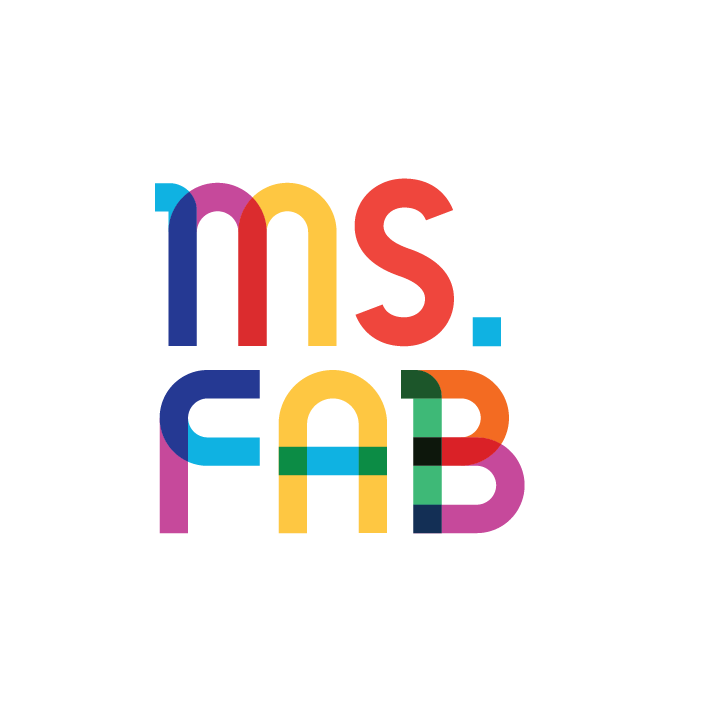5 Lindy Ideas in Education
What if we recovered ancient ways of teaching and learning?
In his book Antifragile, Nassim Taleb describes the Lindy Effect.
In essence, it says that ideas age differently than people. The longer ideas have been around, the longer they’re likely to last.
Lindy ideas stick around for a reason: they often work quite well.
We may not always know why they work, but that shouldn’t discourage us from taking them seriously. We should leverage wisdom from the past and adapt those lessons for today.
Let’s look at 5 lindy ideas in education:
1. Play is Lindy
Free play is our natural method of learning about the world. Since ancient times, we’ve used it to explore, experiment, and build new knowledge by venturing into the unknown.
Forcing kids to sit at desks for six hours a day is not Lindy.
2. Learning by doing is Lindy
Hunter-gatherers let kids learn survival skills through practice. They played with bows, spears, and cooking tools, and participated in the work of the tribe.
Waiting to contribute to the world until college graduation is not Lindy.
3. The teacher as facilitator is Lindy
“I cannot teach anybody anything. I can only make them think”― Socrates
Throughout history, the best educators acted as wise guides. Rather than conveying knowledge, they facilitated questions and dialogue until students arrived at their own understanding. It was a collaborative model of truth seeking.
Teaching like an authoritarian who has all the answers is not Lindy.
4. The Socratic method is Lindy
For hundreds of years, teachers used the method of the Greek philosopher Socrates. Instead of lecturing, he asked penetrating questions to help students develop their own beliefs, using their own reasoning.
But aren’t lectures also Lindy?
Yes, lectures are Lindy, but for a particular reason. Way before the internet, books and lectures were how we transferred information. They accomplished this goal well for the time, but if you want to engage students and help them learn, Socratic questions work much better.
5. One-room schoolhouses are Lindy
Historically, kids attended one-room schoolhouses (or “microschools” today) where they learned in small, mixed aged groups. Older kids taught younger kids, and younger kids learned from older ones.
Segregating kids into grades, by age, is not Lindy.
Sadly, school today doesn’t look anything like this.
It separates older and younger kids, limits play and practice, and forces them to listen to teachers who lecture for hours on what they should believe. In short, school has fallen into the trap of trying to outsmart Lindy.
What if we recovered ancient ways of learning?
Of course, not everything ancient is true. Many old ideas are wrong. The sun doesn’t orbit around the earth, after all. But what if we could take the best of the past and update it for today?
Take Synthesis for example.
Kids play simulations of extremely tough challenges, like curating art and running movie studios. They compete in teams with mixed age groups. After each session, facilitators help kids reflect on their experience with Socratic questions.
Synthesis brings together Lindy ideas from education and leverages them with software and the internet. Now, any kid from around the world can apply and join, without any geographic limitations. It’s an amazing example of how to combine the best of the past and present.
Synthesis is one modern example.
What are other ways we can improve how kids learn today by using Lindy?
I explore ideas like this in Fab Fridays, my newsletter on childhood education with a twist + new ways to learn.
Subscribe below!



